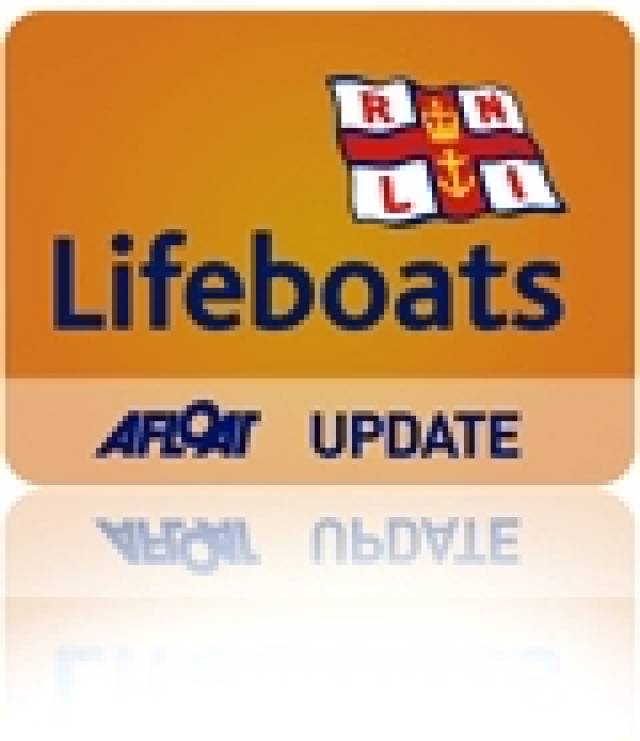#RNLI - Portaferry RNLI's volunteer lifeboat crew were called out yesterday (Wednesday 29 April) to help in the search for a woman reported missing to police.
The RNLI lifeboat, an Inshore Atlantic 85, was launched at 5.05pm and the volunteer crew were on scene, just off Strangford village on the shores of Strangford Lough in Co Down, two minutes later to commence their search of the waters along the shoreline towards the northern end of the lough.
Weather conditions at the time had rain but with good visibility and a Force 4 westerly wind.
The multi-agency search included members of the PSNI, coastguard teams from both Portaferry and Bangor, and Rescue 116, the Irish Coast Guard helicopter dispatched from Dublin.
The volunteer RNLI crew searched Strangford Lough’s western coastline as far north as Salt Island before crossing to the eastern side and searching towards the southern end, through Ballyhenry Bay towards Portaferry and the stretch of water running between Portaferry and Strangford village known as The Narrows.
It was as the volunteer RNLI crew reached Portaferry that they received word to stand down as news came through that the missing woman had been found.
Speaking on behalf of Portaferry RNLI, lifeboat operations manager Brian Bailie said: "It is at times like this that all of the hard work and training our volunteers put in comes to fruition.
"Training with the other emergency and rescue services is essential for all concerned, as today certainly proves."
































































